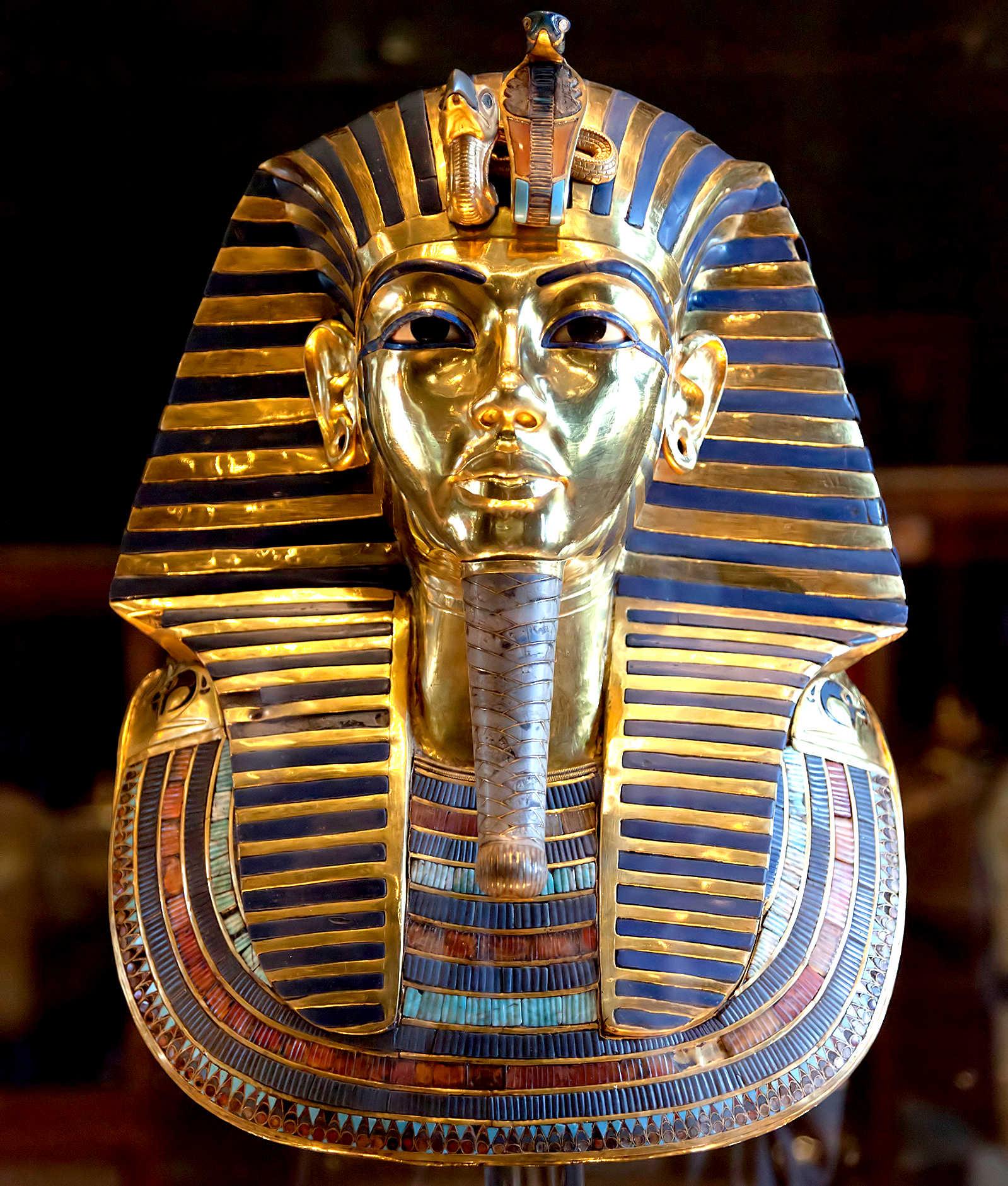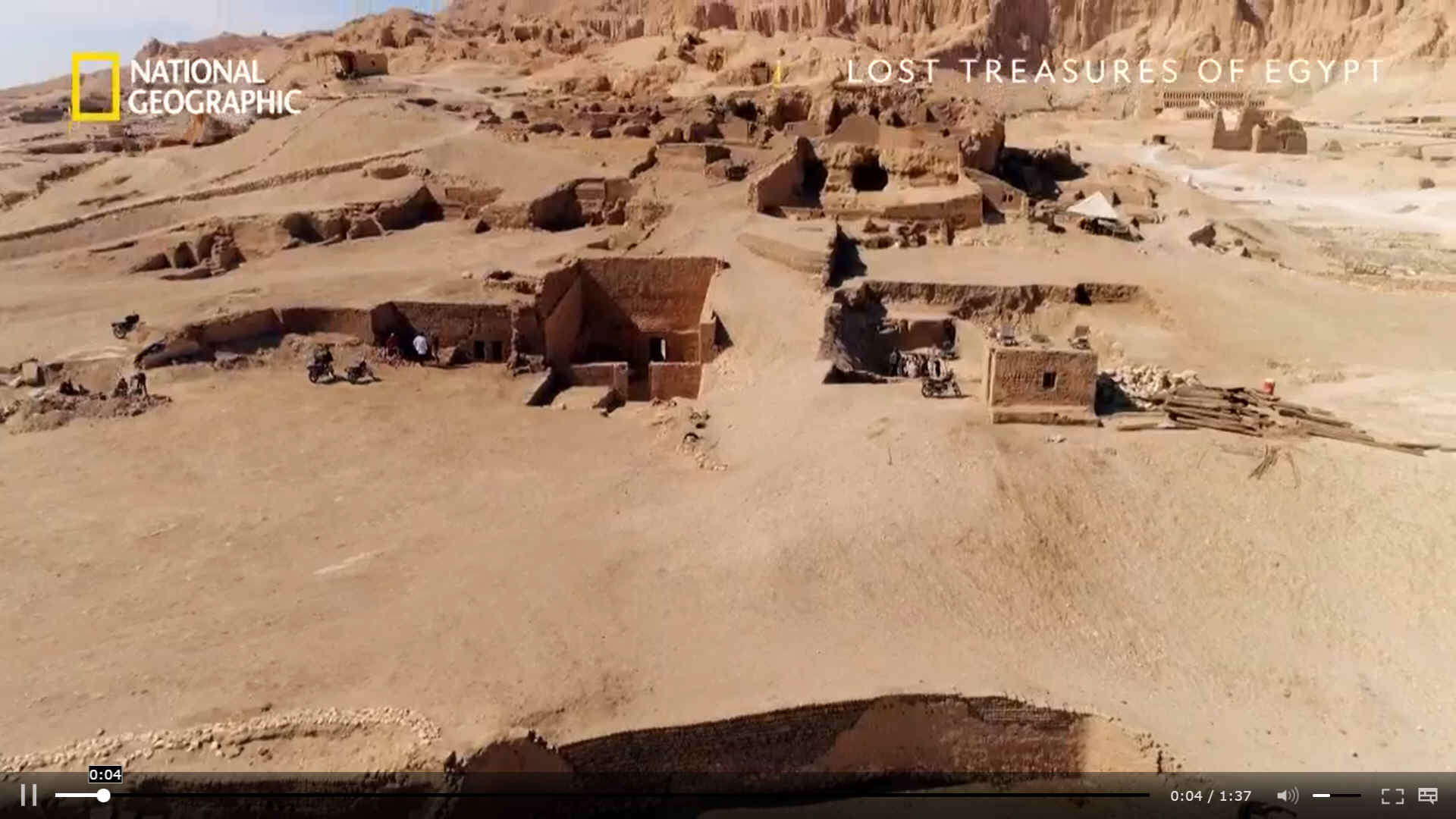|
K I N G T U T ' S C U R S E
Please use our A-Z to navigate this site or return HOME
|
|
|
|
|
The Western world’s obsession with Ancient Egypt, known as “Egyptomania,” wasn’t sparked solely by Howard Carter’s famous discovery of King Tut’s tomb, and didn’t fade with his passing. Despite—or maybe even fueled by—the tales of a curse linked to disturbing the tomb, the public eagerly gathered to witness King Tut’s relics whenever they were exhibited across the country.
After the opening of King Tut's tomb a century ago, the public became enthralled with the idea that many of those who entered were stricken with a a "mummy's curse" and died. There might be a scientific explanation. Shuttered, isolated tombs could grow dangerous fungal molds, particularly Aspergillus flavus, that could harm people with weakened immune systems. Aspergillus also might have contributed to the deaths of ten conservationists who opened the tomb of Polish King Casimir IV Jagiellon in 1973.
Aspergillosis is a fungal infection of usually the lungs, caused by the genus Aspergillus, a common mould that is breathed in frequently from the air, but does not usually affect most people. It generally occurs in people with lung diseases such as asthma, cystic fibrosis or tuberculosis, or those who are immunocompromized such as those who have had a stem cell or organ transplant or those who take medications such as steroids and some cancer treatments which suppress the immune system. Rarely, it can affect skin.
....
Lost treasures of Egypt, one mile from Valley of the Kings
REFERENCE
https://
THERE IS HOPE FOR CLEOPATRA
It takes great dedication, good hunches and some luck. But, with determination almost anything is possible. They may one day find the most famous woman in the world.
|
|
|
|
|
This website is Copyright © 2022 Cleaner Ocean Foundation & Jameson Hunter
|





